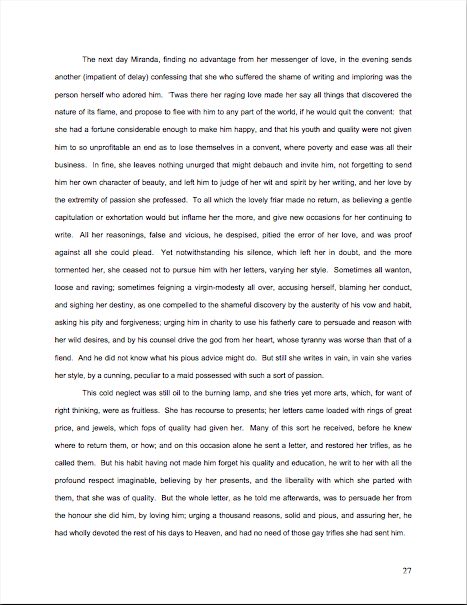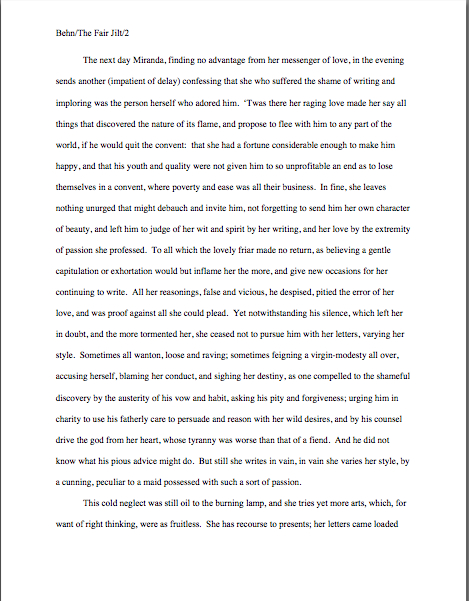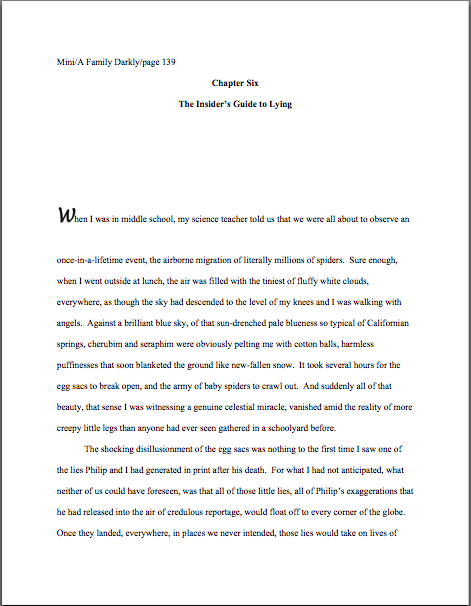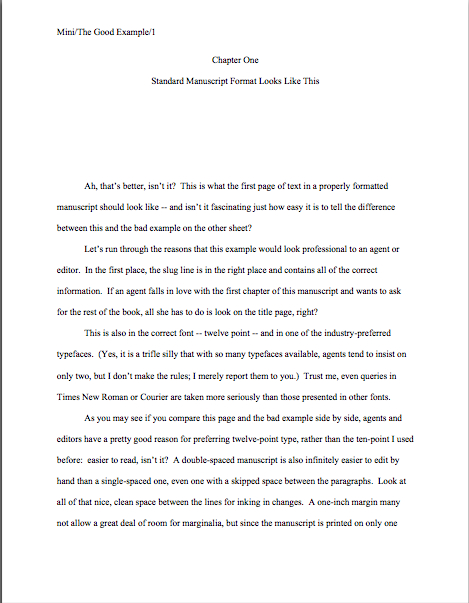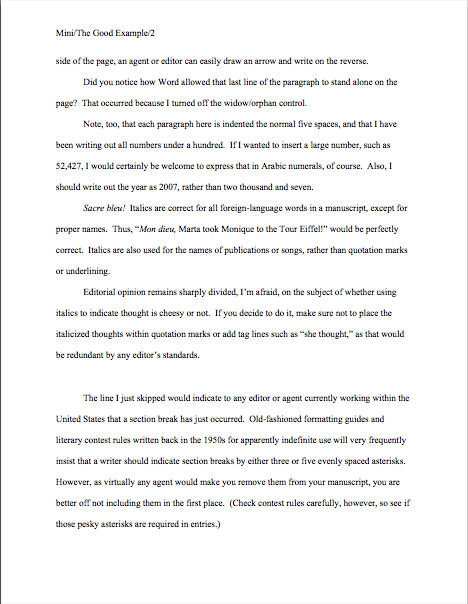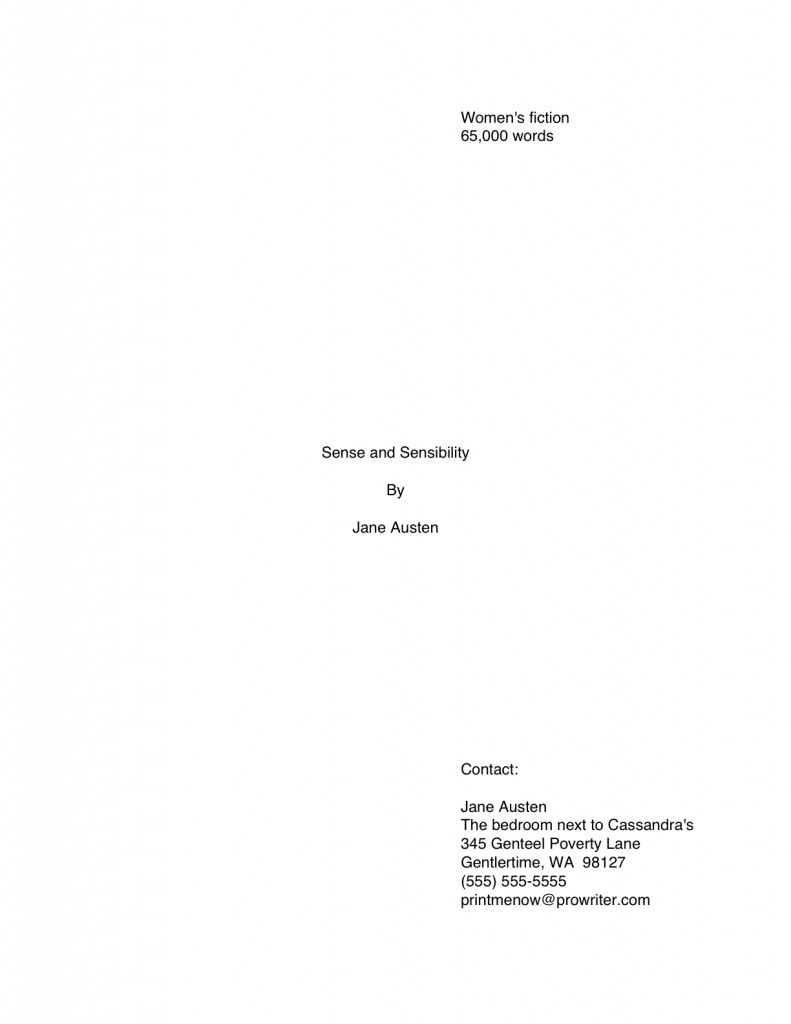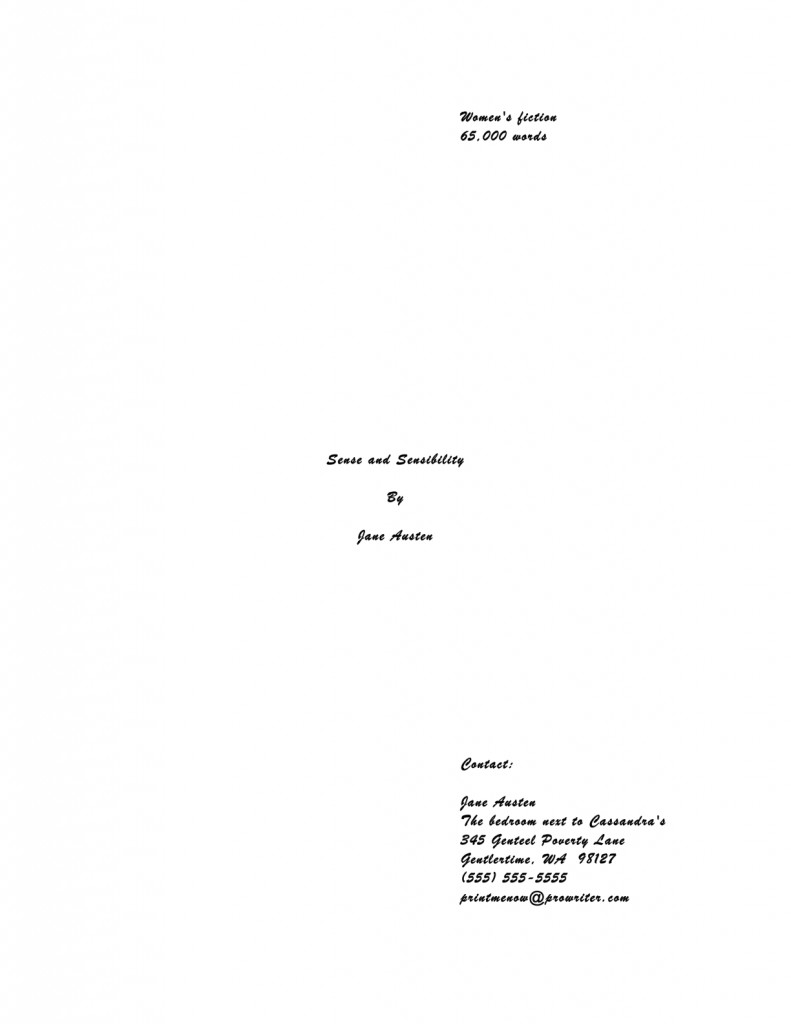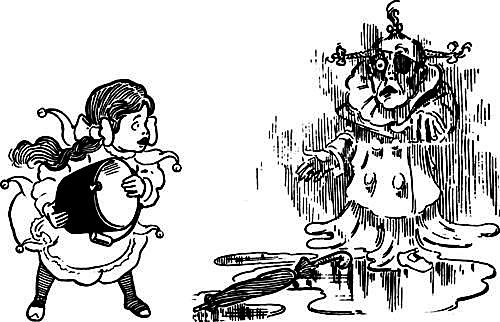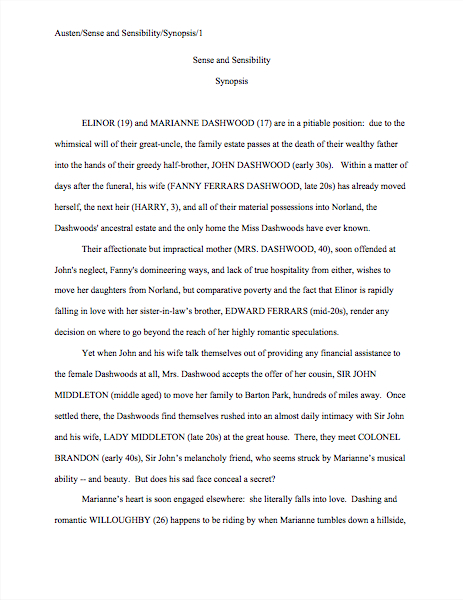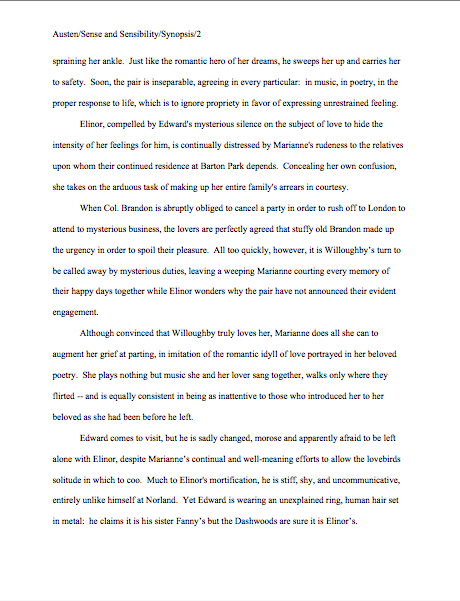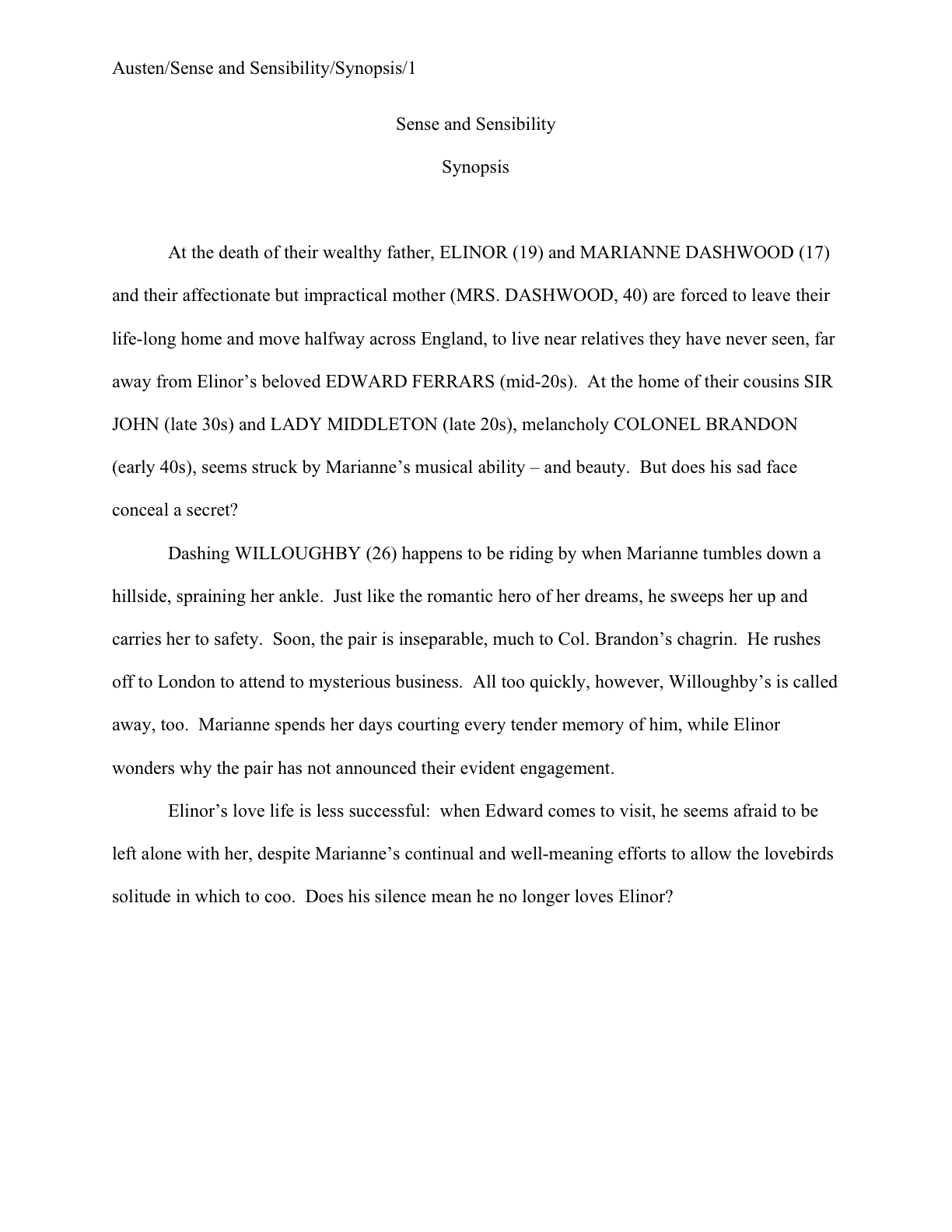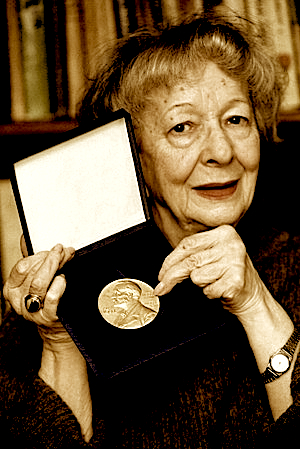
Poet Wislawa Szymborska clutching her Nobel Prize for literature medal
Sincere congratulations, campers, for making it all the way through this extended series on standard format for manuscripts — book manuscripts, that is; once again, let me remind you that short stories, magazine articles, theses, dissertations, and other types of writing are subject to other restrictions — as well as January and February’s intensive examination of how a manuscript moves from a writer’s fingertips all the way to publication. We’ve been tackling the big stuff so far this year, and I’m proud of all of you for having the gumption, not to mention the faith in your writing, to work through it with me.
Next week, it’s back to craft, after a brief stopover in the hows and whys of partials. We’ve earned a respite from hard-and-fast rules, I think.
Besides, you won me a nickel. It’s not the Nobel Prize, but hey, I’m grateful.
Yes, an entire nickel: an agent of my acquaintance, a tireless advocate for my giving up this blog in order to rechannel the considerable time and energy I devote to it into my other writing, My readers’ consistent devotion to improving both their writing skills and ability to present them professionally, wagered that you would be so tired of formatting after my revisiting repeatedly it for four and a half years that the posts this time around would pass relatively uncommented-upon.
Actually, he didn’t suggest betting on it until after I stopped laughing at his contention. “What’s so funny?” he demanded. “It’s not as though your past posts on the subject aren’t well-marked. Why can’t readers just go there to find out what to do?”
Because I like the guy and I’m not in the habit of lecturing agents, I restrained myself from suggesting that he just didn’t understand how a blog works. “Some will, but many of my readers don’t have the time to comb the archives.” (See? I honestly am aware of that.) “And the writers brand-new to the game may not yet know that there is a standard format at all. By going over it two or three times a year, I’m doing my part to make sure that everyone’s writing can look its best for you. You should be grateful.”
He was not. “Did you spend your last three lifetimes blithely violating the rules of grammar and structure, condemning yourself to the Sisyphean task of explaining them over and over again this time around? You’re dreaming, my friend — your readership doesn’t need this. I’ll bet you twenty bucks that you get fewer comments this time than last.”
Well, great as my faith in my readers undoubtedly is, I seldom bet more than a nickel (although I did win a quarter off my mother during the last campaign season for predicting the vice presidential nominees correctly), so he had to settle for that. “You’ll see,” I told him. “Not only will readers comment more than usual, but they’ll come up with questions neither you nor I would have thought of addressing.”
He handed over the nickel after Part III. One of you asked a perfectly reasonable about indentation he’d never heard before.
So now I’m jangling a nickel happily in my pocket, and I have yet another convert to what I have long held is the truth about aspiring writers: contrary to practically universal opinion amongst professional readers, deviations from standard format are not usually the result of writers’ being too lazy to find out how to present a manuscript. Most of the aspiring writers I encounter are downright starved for accurate information on the subject; the underlying problem is that there isn’t enough authoritative information out there to combat all of the inaccurate rumors.
I’ve always been a big proponent of agency websites simply posting a page with the formatting rules, in fact, so I could devote our shared time here to craft. Which is why, in case any of you long-term readers have been speculating on the subject, I used to end extended series on standard format with a rather peevish little discussion about why, in the face of so much conflicting information about submission requirements floating around these days, professional advice-givers like me don’t either:
(a) check out every other source out there to make sure that we’re all saying precisely the same thing (which would be so time-consuming that none of us would have time to give any further advice),
(b) take it upon ourselves to force every single individual who is empowered to pass judgment upon a manuscript within the confines of North America to agree upon a single (and preferably single-page) set of rules to which everyone without exception would adhere (which would require a convention so large that the framers of the U.S. Constitution would turn pale at the very thought), or
(c) shut up entirely and let those new to the biz try to figure out some genuinely counter-intuitive rules all by themselves.
I can’t speak for everyone currently giving advice on the subject, of course, but in my own case, the answer is really pretty straightforward: the norms I’ve been explaining throughout this series are in fact the ones I have used successfully myself for many, many years. Since neither I, any of my editing clients, or (as far as I know) any reader of this blog who has followed this advice to the letter has ever been asked by an agent or editor to make a single purely formatting change to his/her manuscript (with the sole exception of the few agents who are now post clear instructions to submitters not to use the requisite two spaces after periods, but we’ve already talked about that, right?), I feel quite confident in continuing to give this particular set of advice.
But I will say something that one seldom hears advice-givers say: whether you choose to adhere to the rules of standard format I’ve set out here is ultimately up to you. But once you choose to follow a particular rule, you must obey it 100% of the time in your manuscript.
Let me repeat that, because it’s monumentally important: it’s not enough to adhere to a formatting rule most of the time; you must cleave to it in every single applicable instance in the text.
Why? You should know the words to the song by now: because inconsistency isn’t going to look professional to people who read manuscripts for a living.
I used to think that I didn’t actually need to state this requirement, as did the agent who lost the nickel to me. After all, isn’t the part of the point of a rule that it should be followed on a regular basis, rather than just periodically? However, I’ve seen enough manuscripts and contest entries (yes, I still judge from time to time) by good writers who sometimes use a single dash and sometimes a doubled one (if you’re not absolutely certain which is correct, I can only suggest that you reread this post from earlier in this series), or whose Chapters 1-3, 6, and 17 have a (ugh) single space after periods and colons, whereas Chs. 4, 5, and 10-12 have two, and the rest feature both…
Well, you get the picture. Apparently, the need for consistency is not as self-evident as I — or certainly my friend, the agent — had previously believed.
I would point the finger at a few culprits for this astonishingly pervasive problem. First — and I’m quite positive that those of you who have been hanging around Author! Author! for a while have felt this one coming practically since the top of this post — the vast majority of aspiring writers simply do not reread their own work enough.
I’m not talking about revision here (although most submissions could use more liberal helpings of that, frankly), but rather actually sitting down and reading a manuscript IN ITS ENTIRETY, IN HARD COPY, and OUT LOUD.
What tips me off that very few writers actually do this before submitting their pages to an agent or a contest? Well, for starters, inconsistent formatting. And spelling errors. And repeated words. And scenes where characters do or say things that they’ve done or said half a page before.
You know, the kind of stuff that any reader would catch if she sat down with the actual pages and read them closely.
Often, such errors are not the result of compositional carelessness, but of repeated revision –the second culprit I’m dragging before the court in irons today. Zeroing in on the same page, paragraph, or even sentence over and over again without re-reading the entire section can easily result in what I like to call a Frankenstein manuscript, one that reads in hard copy as though it were cobbled together from the corpses of several drafts, sometimes ones written in different voices.
Come closer, and I’ll let you in on a secret of good writing: it flows smoothly.
A sure narrative voice is a consistent one. That’s why writers brand-new to the writing game so often labor under the quite mistaken impression that their favorite books were their respective authors’ first drafts, and thus (one assumes) that their own first drafts should be marketable without further revision: because a the author of a well-crafted narrative works hard to create the illusion of spontaneous consistency.
Awfully hard. Seamlessness is no accident, you know.
So what do you think a professional reader like Millicent the agency screener, her cousin Maury the editorial assistant, or their aunt Mehitabel the veteran contest judge thinks when they encounter, say, one sentence that’s in the past tense, followed by three that are in the present? Or a character named George on page 8 and Jorge on page 127?
“Inconsistency,” they breathe in unison. “This manuscript needs more work.”
Or at least a good authorial read-through IN ITS ENTIRETY, IN HARD COPY, and OUT LOUD. If not after every major revision, then at least prior to submitting it.
There’s just no substitute for this. Sorry about that.
Third, all of us simply see a great many more grammatical errors and formatting oddities than we did, say, ten years ago. Remember back when everyone thought it was so funny that the vice president at the time (I didn’t call that one) corrected a child at a spelling bee who had spelled potato correctly, causing him to change it to potatoe?
At the time, the literate world rocked with laughter over it. Now, we routinely see supermarket signs advertising potatoe and tomatoe prices. And that’s a bad thing for literacy, because the more you see the error, the more likely is to make it yourself.
Why? Like Millicent and standard formatting, sheer repetition makes it start to look right to you.
Especially when you spot such errors in ostensibly credible sources. It used to be a rarity to see a spelling mistake in a newspaper or magazine article, because they were so closely edited; since the advent of on-screen editing, it’s now not uncommon to see a misspelling or grammatical error in a published book.
Had I mentioned that there’s just no substitute for reading a piece of writing IN ITS ENTIRETY, IN HARD COPY, and OUT LOUD? The eye is simply too likely to skip an error on-screen, partially because people read about 70% faster.
Then, too, AP standards — i.e., what governs what is considered correct in a newspaper or magazine — have, as we have discussed, recently adopted a number of practices that would not be kosher according to the dictates of standard format. The aforementioned single space after the period or colon, for instance, or capitalizing the first word after a colon.
All together now: sacre bleu!
While eliminating the extra space has been seen in published books for a while (but that doesn’t mean it’s necessarily proper in a manuscript, right?), post-period capitalization was practically unheard-of in published books until just a couple of years ago. Now, one sees it periodically (often, not entirely coincidentally, in books by journalists), along with some rather peculiar interpretations of the semicolon and the ellipsis.
And what happens, class, when you see rules routinely bent in this manner?
That’s right: confusion. Inevitably resulting, no matter what my agent friend says, in good writers raising questions like this:
I tried searching for this, but didn’t find an answer. Ellipses! Is the proper format:?.[space].[space].?or … with no spaces? Thanks as always.
This is a perfectly reasonable question now, of course, but it’s not one that was at all likely to come up even five years ago. Prior to that, pretty much any printed source would have adhered to the traditional rules governing ellipses, with the natural result that fewer writers were confused. Heck, they might even have learned the contextual rules governing ellipses in school.
Oh, you want to know what those rules are, since I’ve brought them up? An excellent thought.
1. Ellipses are most commonly used mid-sentence, to mark a pause in speech. In this context, the periods in the ellipse should appear without spaces between them — and without spaces between them and the surrounding words, either. In other words, they should look like this:
“I’m appalled,” Jennifer said. “More than appalled. I’m…horrified.”
2. Ellipses are also used to alert the reader to skipped text in the middle of a quote. In these instance, whether an ellipse should have a space between its end and the end of the next word is entirely dependent upon whether the beginning of the next quoted part is a new sentence. Thus, if the original quotation was,
“I am in no way endorsing this policy or any other, because I feel it would be bad for the nation. I cannot be held responsible for its unhappy results.”
It would be proper to reproduce excerpts as:
The prime minister’s statement was unequivocal: “I am in no way endorsing this policy…because I feel it would be bad for the nation.”
And as:
The prime minister’s statement was unequivocal: “I am in no way endorsing this policy… I cannot be held responsible for its unhappy results.”
3. Ellipses are also used to show where the narration expects the reader to fill in the subsequent logic, as well as when speaker’s voice has trailed off into silence. As in:
Jeremy smiled, slipping one arm out of a sleeve that didn’t cover too much of his arm in the first place. A quick wiggle, and the rest of his shirt was off. Then he reached for his belt…
As much as some of you might want me to complete that paragraph, this is a family-friendly website. Besides, you’re perfectly capable of imagining the rest for yourself, are you not? In this case, the ellipse indicates my faith in your imaginative powers. As would this, if I were writing dialogue:
“My, it’s hot in here.” Coyly, Jeremy shrugged his Flashdance-style sweater off one shoulder. “If only there were a way we could cool off…”
4. In reproducing a quote, an ellipse can tell the reader that the quote continued, despite the fact that the writer chose not to show it in its entirety. This can come in handy, especially when writing about the kind of speaker who drones on and on:
“I deny the allegations,” the senator said. “I deny them absolutely, unequivocally, and in every other way. I deny that I cavorted in the House; I deny that I cavorted with a mouse. I deny that I cavorted in socks; I deny that I cavorted with a fox…”
Makes sense, doesn’t it? (And just between us, wasn’t this a clever way of me to answer a reader’s question in a post that’s really about a larger issue?)
The fourth culprit — yes, I’m back on my justifying the confusion kick — may surprise you a little. As so often happens, I have excellent reader questions to thank for reminding me to bring it to your attention: as nit-picky as all of these rules are, sometimes, good writers over-think them. So much so that they sometimes extrapolate extra rules of their own.
Yes, you read that correctly. In my experience, most aspiring writers are very good about following the rules, once they know about them. In fact, really conscientious writers are quite a bit more likely to subject their manuscripts to extra restrictions than to ignore any of the established rules.
What kind of extra rules, you ask? Well, I can give you a great example from this time around the standard format merry-go-round. Two different readers — my agent friend still can’t get over the fact that even one brought it up — asked how to format apostrophes and quotation marks. Ripped ruthlessly from their original context:
Could you in one of your really wonderful (and I really mean wonderful) posts on standard manuscript formatting devote a paragraph to quote marks and apostrophes? Times New Roman can have them both straight and curly, so which should I use? Or should I just make sure I’m consistent and leave it at that?
and
A related problem I have is in trying to place an apostrophe at the beginning of a word, particularly when writing dialogue and attempting to add a bit of the vernacular. To just type it, the apostrophe ends up being a “front-end” single quotation mark. I have to resort to some spacing and deleting shenanigans to get to appear correctly.
I freely admit it: I’m always a bit nonplused when I get a question like this, one that assumes a rule that just isn’t observed in professional manuscripts. As tempting as it might be to dust off my personal preferences on the subject and present them as a binding rule — which, as we’ve discussed before, is not an unheard-of thing for either a professional reader or a writing advice-giver to do — but the fact is, the expectations about both apostrophes and quotation marks in manuscripts have remained unchanged since the days when every submission was produced on a manual typewriter.
Which, in case you haven’t seen one lately, provided precisely one option for an apostrophe (‘) and exactly one for a quotation mark (“). On the same key, on most typewriters.
What does this mean for manuscript format? Good news, insofar as it translates into less work for writers: as long as the format is consistent, Millicent’s not going to care one way or the other. Pick the one you prefer, and stick to it.
I can completely understand why the two writers who brought it up — or any aspiring writer — would have wondered about this point: as readers, we do see various styles of apostrophe and quotation mark turning up in published books. And given how counter-intuitive some of the rules of standard format are, it would not, let’s face it, be at all astonishing if the publishing industry harbored some formatting preference that half of the writers in the world had heard nothing about.
But that’s not the case here. You have my full permission never to think about it again. Go sleep the undisturbed sleep of the just.
Before you go, though, one more piece of formatting advice: as you make your way through the bewildering forest of advice out there, toting your massive grain of salt, be aware of the fact that many seemingly authoritative sources out there disagree on certain points for the very simple reason that they’re talking about different things, although they often do not say so explicitly. Bear in mind that because such a high percentage of the aspiring writers’ market wants easy answers, preferably in the form of a single-page list of rules universally applicable to every writing venue, the temptation to produce a short, one-size-fits-all list of rules is considerable.
That doesn’t mean you should disregard such lists entirely, of course. Just keep in mind that any list that purports to cover every type is necessarily going to run afoul of some established standard somewhere — and that occasionally, rules pop up online and at conferences that would make my agent friend’s eyes pop out of their sockets with astonishment.
Which is why, in case you’ve been curious, I have been going over even the simplest of the actual rules in such great detail, and with practical illustrations; I want all of you not only to adhere to the strictures of standard format, but to understand why each rule is to your advantage to embrace. That’s why I keep asking (and asking, and asking) if anybody has any questions. I just don’t think handing creative-minded people a brief list of mysterious orders is the best means of helping you become comfortable with the industry’s expectations.
So if anyone is looking for terse, bullet-pointed to-do lists for writers, I think any of my long-term readers can tell you that this blog is NOT the place to start. As the thousands of pages of archived posts here can attest, I am the queen of elaboration. Lots and lots of elaboration.
Speaking of elaboration, there’s a final formatting issue I should address before I draw this series to a close.
While we’re on the subject of unnecessary doohickeys writers are sometimes told to shoehorn into their book manuscripts and proposals, let’s talk about what should happen on the last page. Here, too, aspiring writers often give themselves extra trouble.
For a book manuscript, the proper way to end it is simply to end it. No bells, no whistles, no # # #, no -86-. Just stop writing.
Even the ever-popular THE END is not needed. In fact, I know plenty of Millicents (and their bosses, and editors, and contest judges) who routinely giggle at the use of THE END to indicate that a manuscript is not, in fact, going to continue. “What is this writer thinking?” they ask one another, amused. “That I’m going to keep reading all of that blank space after the last paragraph, wondering where all of the ink went? That I’m incapable of understanding why there aren’t any more pages in the submission? Please!”
Remember what I was saying earlier in this series about professional critique being harsh? Don’t even get me started on professional ridicule.
Personally, I have sympathy for how confusing all of the various advice out there must be for those who have never seen a professional manuscript up close and personal. But honestly, some of the rules that commenters have asked about over the last three years must be from sources that predate World War II, or perhaps the Boer War. I’ve been editing book manuscripts for most of my adult life (and proofing galleys since early junior high school), and I have to say, I’ve literally never seen a single one that ended with “-86-”
So truth compels me to admit that I can sort of see where Millicent might find it amusing to see in a submission.
But you can sort of see her point of view here, can’t you? To people who read book manuscripts for a living in the US, the very notion of there NOT being a consensus is downright odd: why, the evidence that there is a consensus is sitting right in front of them. The mailman brings stacks of it, every single day.
“Oh, come on — everyone doesn’t already know these rules?” my agent friend asked, incredulous. “This information is widely available, isn’t it?”
That’s a quote, people — but as someone who regularly works with folks on both sides of the submission aisle, I have come to believe that the wide availability of the information is actually part of the problem here. The rules governing book manuscripts haven’t changed all that much over the years, from an insider’s perspective, but from the point of view of someone new to the game, the fact that they have changed at all, ever — coupled with these rules not being applicable to every conceivable type of professional writing — can look an awful lot like inconsistency.
And we all know how Millie, Maury, and Mehitabel feel about that, don’t we?
If the flurry of rules starts to seem overwhelming, remind yourself that although submissions do indeed get rejected for very small reasons all the time, it’s virtually unheard-of for any manuscript to have only one problem. Like ants, manuscript red flags seldom travel alone.
So I would caution any aspiring writer against assuming that any single problem, formatting or otherwise, was the only reason a manuscript was getting rejected. Most of the time, it’s quite a few reasons working in tandem — which is why, unfortunately, it’s not all that uncommon for Millicent and her cohorts to come to believe that an obviously improperly-formatted manuscript is unlikely to be well-written. The notion that changing only one thing, even a major one, in the average manuscript would render it rejection-proof is not particularly easy for a professional reader to swallow.
There is no such thing as a rejection-proof manuscript, you know. While it would indeed be dandy if there were a magical formula that could be applied to any manuscript to render it pleasing to every Millicent out there, that formula simply doesn’t exist; individual tastes and market trends vary too much. Not to mention the fact that the slow economy is making most agents and editors really, really cautious about picking up any manuscript at all right now.
This is vital to understand about standard format: it’s not a magic wand that can be waved over a submission to make every agent, editor, and contest judge on the face of the earth squeal with delight at the very sight of it. But it is a basic means of presenting your writing professionally, so your garden-variety Millicent will be able to weigh it on its non-technical merits.
All I can claim for standard format — and this isn’t insignificant — is that adhering to it will make it less likely that your submission will be rejected on a knee-jerk basis. However, I’m not going to lie to you: even a perfectly-formatted manuscript is going to garner its share of rejections, if it’s sent out enough.
Why? Because every agent out there, just like every editor, harbors quirky, individuated ideas about how the perfect book should be written.
Sorry. If I ran the universe…
Well, you know the rest. Try not to lose too much sleep through trying to second-guess what Millicent and her ilk want to see. Just do your best: writing well and presenting a clean manuscript honestly is how pretty much all of us landed our agents.
Keep moving ahead — the Nobel committee is counting upon all of us to provide the laureates of tomorrow. Keep up the good work!









